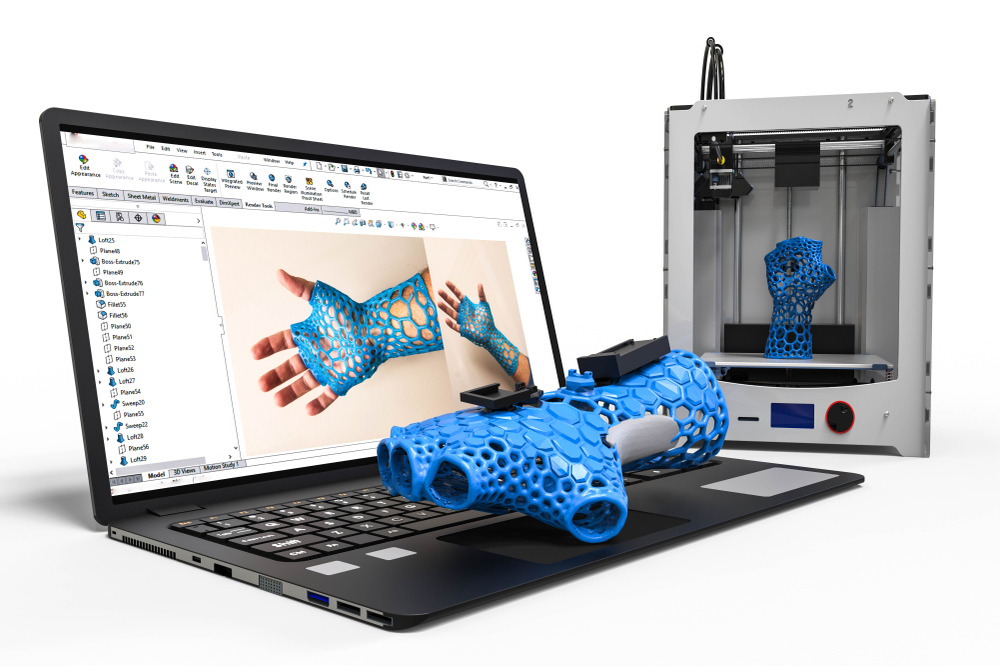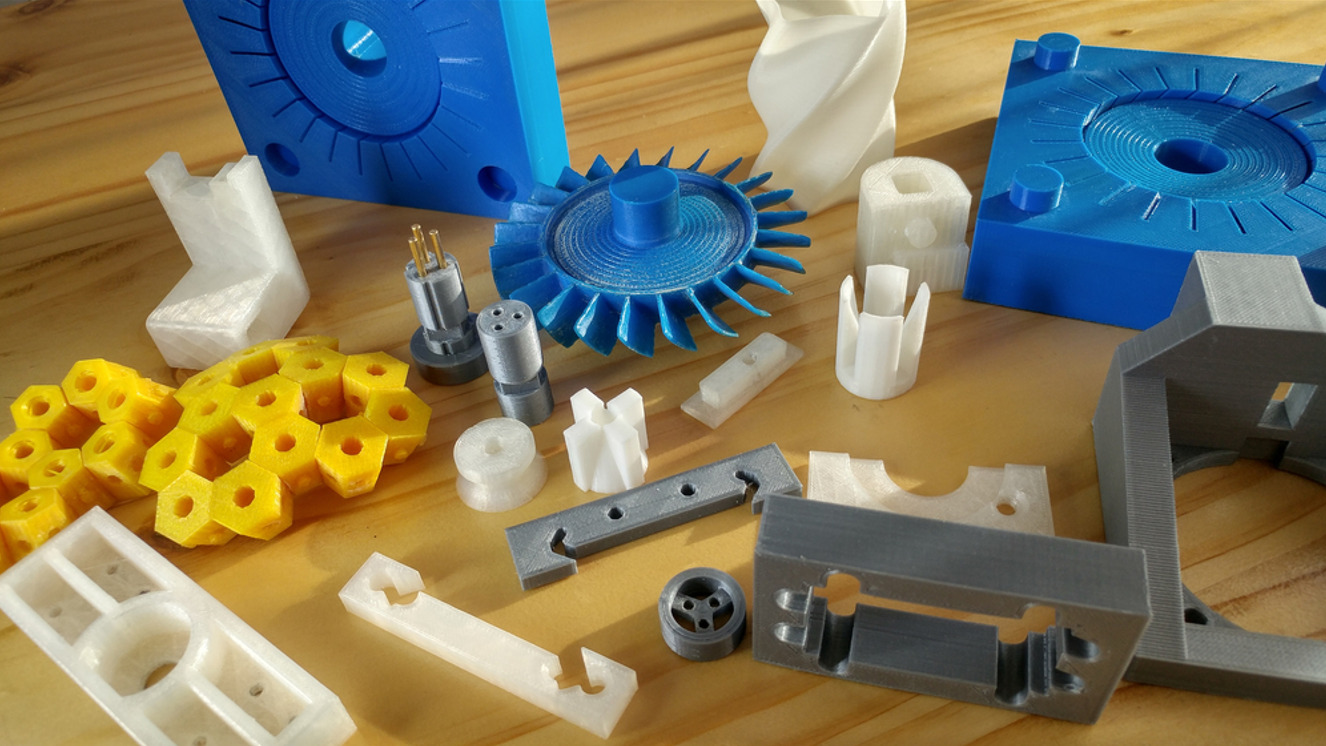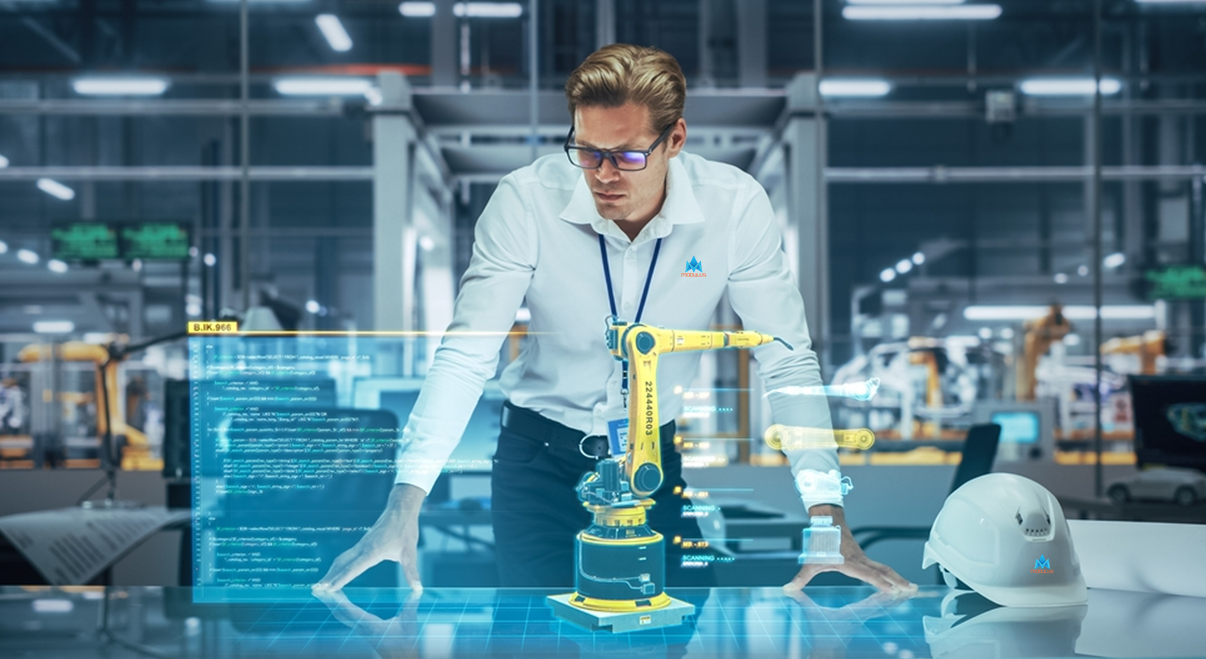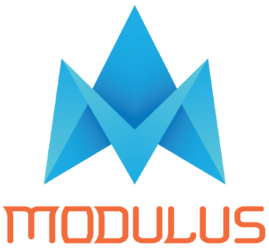Additive Manufacturing | 3D Printing
Rapid Prototyping, Reverse Engineering Services
Materials: Carbon Fiber, Kevlar, Alumide, Fiberglass, Nylon, PA 12, PA 11, PA 6, TPU 92A, PEEK HP3
Due to the fact that 3D printing is the most well-known Additive Manufacturing (AM) technology, the two terms are frequently misused. AM is a shaping technique that creates a range of 3D objects from CAD solid models in layers. The usage of a printer head similar to those found in inkjet printers characterizes 3D printing-type procedures. The advantage of this technology is that it employs many jets, which significantly accelerates the rate at which the model may be constructed when compared to some other AM methods.

PRINTING METHODS
Jetting: Jetting is a type of three-dimensional printing that uses ink-jet printer technology to build up various layers of a prototype or model. The following are the two primary jetting techniques:
a) Material jetting: Quick-setting layers of pre-melted wax material are deposited from the print head onto a build platform.
b) Photopolymer jetting: Photopolymer substance is deposited onto a build platform from the print head. The print head is connected to a UV quick-setting lamp, which concurrently cures the material in layers.
A CAD solid model of the part is necessary, much like with other additive manufacturing techniques. The advantage of jetting over other additive manufacturing methods is that it makes use of several jets, considerably accelerating the rate of model construction. Two materials can be printed simultaneously using some machines.
Binder Printing: Binder is printed onto a powder bed in the form of 80 micron-diameter droplets using a multi-jet print head similar to a bubble-jet printer. A fresh, thin layer of powder is applied to the model’s surface after each print head sweep, resulting in the formation of a fresh layer of bonded powder with the subsequent print head sweep. To remove extra powder, the finished model is then shook and blasted with pressured air. The polymer must be burned off before sintering when utilized to create green compacts from ceramic materials. There are several conceivable powder and binder combinations. A CAD solid model of the part is necessary, much like with other additive manufacturing techniques.
Ceramic-mold prototyping: A multi-jet print head, similar to a bubble-jet printer, deposits a binder on a bed of fine foundry sand when creating a 3D ceramic mold. A fresh, thin coating of sand is applied to the model’s surface following each sweep of the print head, resulting in the creation of a fresh layer of bonded sand on the following sweep. After being shaken free of unbonded sand, the finished model now serves as the mold for a shell casting, enabling the production of single metal pieces with extremely complicated shapes. A CAD solid model of the part is necessary, much like with other additive manufacturing techniques. The information provided below applies to the casting, not the mold.

USEFUL INFO
BASIC STANDARD LIST FOR ADDITIVE MANUFACTURING

